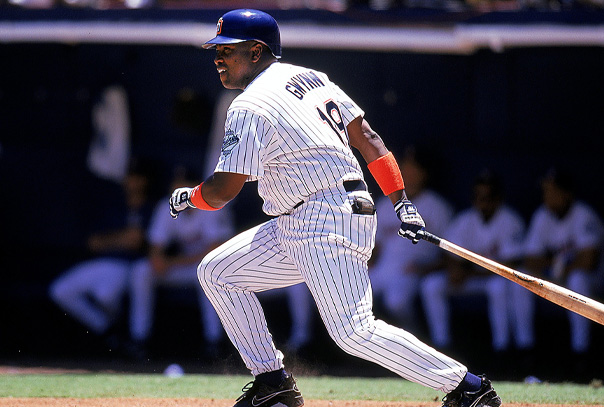
In 2000, MLB hitters batted .270, a number that gradually decreased to .244 in 2021, the lowest figure since 1972. Conversely, more than three-quarters (23 to be exact) of MLB teams have set franchise records for home runs since 2017. Why are these teams hitting for power and not average?
In my opinion, if there is one trend in the past 20 years that has sabotaged hitters’ chances of hitting for power and average, it is the failure of players to stride early enough on all pitches to allow them to track the ball well from release point to contact.
Hall of Famer Tony Gwynn, a lifetime .338 hitter in 20 MLB seasons, explained it this way: “The key is the ball…you recognize what it is and your hands and body take over. I’m going to take my stride and then I recognize the pitch, then I’m just going to stay there until it’s time to swing the bat. When my swing is mechanically sound, my front leg is stiff or solid and I’m deriving my power from the drive of my back leg.”
According to Gwynn, the key is to stride early enough for every pitch to be able to track it from the pitcher’s hand. Then pitch recognition occurs, the heel of the front foot gets down and the front knee snaps straight back so the front leg can be solid at contact. Power is generated as weight is transferred from backside into that solid front side. The back leg drives forward a few inches after the back hip is fully rotated as the laces of the back shoe end up facing the pitcher. Simple right?
Study frame-by-frame video of even the most elite power hitters at any level today and you will see this is not what they do. They simply try to time their stride so they get their front foot down as the pitch arrives resulting— most of the time—in them being late getting their front heel down. Consequently, the force of their body’s rotation causes their front foot to spin open, the knee of their front leg to be bent, and the barrel of their bat to drop, and a would-be line drive misses the barrel and more often that not, the entire bat.
This habit of striding early and at the same time on every pitch must be built into every practice drill. On every tee, toss or pitch drill, hitters need to stare out at an imaginary pitcher, e.g., not just at the ball on the tee, stride from balance-to-balance after an imaginary release point (the heel of the front foot will still be slightly raised because the back leg and hip remain loaded) and practice tracking and hitting randomized pitches in all zones at game speeds. The habit of most players today is to stride at different times for different pitches so they can hit “cage bombs” off of easily predictable pitches.
One of the many effective drills to build good hitting habits is the Pitcher Tee Drill. A coach or player stands at the game release point distance behind a screen and pretends to pitch from the wind-up or stretch, varying the arm slot and right-hand and left-hand deliveries. The hitter varies the timing of his swing by whether he sees the palm (fastball), pinky finger side (breaking ball) or pronated thumb side (change-up) of the pitcher’s hand. The hitter waits to swing an imaginary one-finger snap for a fastball, a snap and a half for a breaking ball and two finger snaps for a change-up, but the stride is made at the same time for all three pitches so the hitter is conditioned to have enough time to track and get his front foot down for any type of pitch.
Simply put, to hit for power and average, stride then track, don’t track then stride.
Adam Sarancik is the owner of Elevate Sports Academy which trains youth in sport skills, athleticism, nutrition, and career and college counseling. He is the author of Coaching Champions for Life: The Process of Mentoring the Person, Athlete and Player and its companion book, Takeaway Quotes for Coaching Champions for Life.